Part 24: Lore: The D'ni
The D’niIn the last Lore update, we went into the Art. Now we’re going to talk about the society and civilization that created it.
Editor’s note: Myst is a long standing franchise, and subsequent to Riven people just kept writing and expanding on backstory. There’s a lot out there, though thankfully it’s not openly contradictory… most of the time. Fair warning.
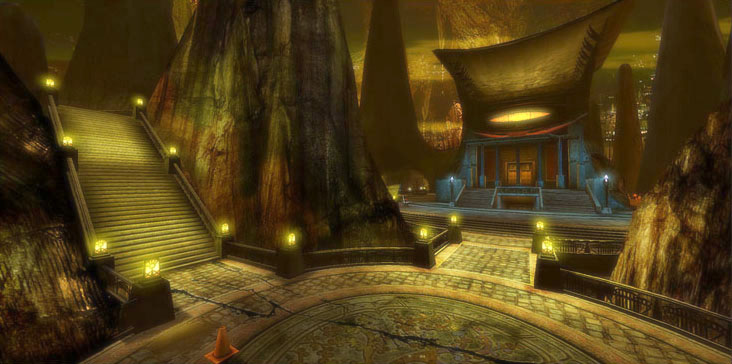
D’ni is the name of the people, the empire, the capital city, and the language, in case you’re curious about the number of apostrophes about to get thrown around. We’re going to start with the people.
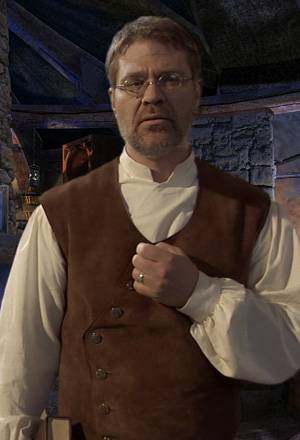
The D’ni People
Though Atrus there is only a quarter D’ni. We’ll get into it later.
D’ni are, largely, light skinned and gaunt, mostly from generations of living in a giant cave. Thanks to Ages they aren’t utterly pale and blind, since they can hop over to a beach and get some vitamin D whenever they like, but for the most part they stay light skinned. And this is not at all because the developers/actors for Myst were a pair of brothers that were pale as the driven snow. They are also extra-long-lived, most of them having life spans lasting three centuries. Besides that? Entirely human.
The origins of the D’ni was on a world called Garternay, “Root of the Great Tree” in D’ni (the language). They called themselves the Ronay on that world, which orbited an aging red sun. Not much else is known about the planet, besides the fact that the Ronay learned and developed the Art.
However, the red sun of Garternay was starting to die, and it was already getting increasingly difficult to survive. A large predicament for any species, but fortunately the Ronay had the Art. Their finest minds started working on new Ages suitable for the mass emigration of their species. Most of them went off to a rich and fertile age called Tehranee, which becomes the subject of a novelized adventure in The Book of D’ni. We’re not going to worry about them. Instead, we’re going to follow a smaller group of somewhat stick in the mud Ronay, who felt that the others had forgotten their humility. They create their own Age called D’ni, featuring a massive cave system with glowing algae, and move there instead.
The thing is, a cavern system means a world around it, a surface, plants for atmosphere, water systems…

The point being that the Age of D’ni is Earth, and the cave the D’ni end up in lies deep underneath North America, somewhere in New Mexico.
The D’ni arrived in roughly 7600BC, set up shop, and thrived under the Earth for the next 9400 years. They had good kings and bad kings, wars and rebellions, but the D’ni lived on regardless, somehow unknown and ignored by the world above.
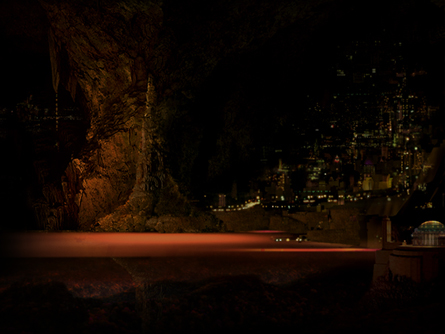
The City of D’ni
The main cavern that the D’ni set up shop is a vast and open space, dominated by an underground lake filled with an algae that glows and fades in a roughly 30 hour cycle. The city is divided into neighborhoods spread around the edges of the lake, most of which is residential area save for Guild Halls where the crafts and creation of the Empire take place. Islands dot the underground lake, most of them reserved for the rich and powerful and their private mansions.
Great Silos occupy a major place in each neighborhood, storage areas for the food and goods delivered from the farming Ages.
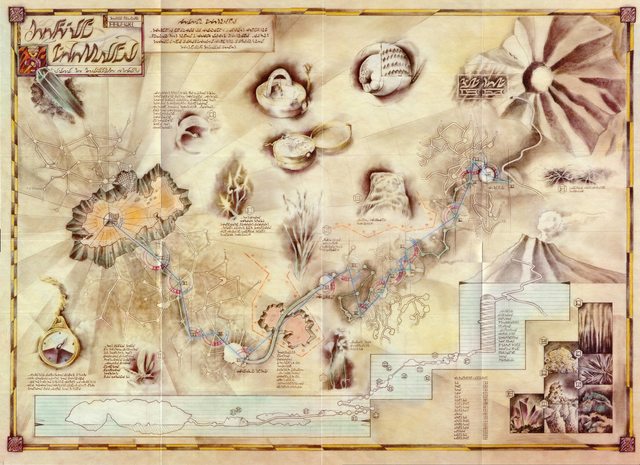
Map of the caves around D'ni, click for HUGE
Small caverns and winding caves split off from the main cavern, mostly unoccupied and ignored save for the adventurous. Some of them lead, in their winding and circuitous way, to the surface. There are maps and signs to get to the surface, and the occasional human will find his or her way down to D’ni territory, but for the most part they are simply left alone.

The D’ni Culture
D’ni society was ruled by a King, who worked closely with a Council of Guild Masters. The vast majority of the D’ni work for one guild or another, either one of the 18 Major Guilds, or one of the myriad less powerful Minor Guilds.
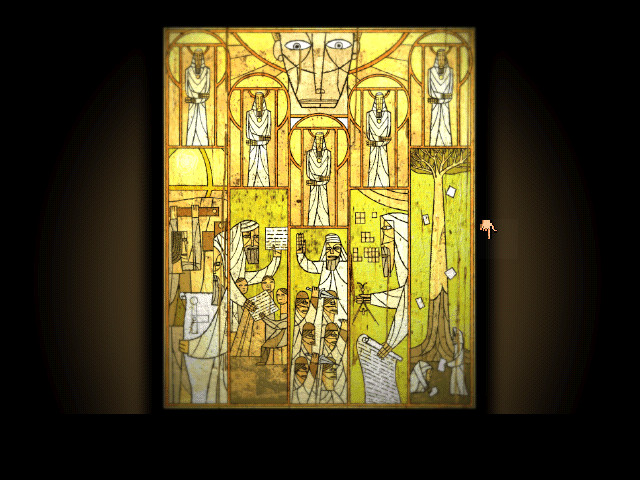
Sound familiar?
The Major Guilds were mostly focused, unsurprisingly, on books and the Art.
There were the Guilds focused on making the books: The Bookmakers, Inkmakers, Writers and Maintainers (in charge of making sure Ages aren’t abused or misused)
There were the Guilds focused on exploring the books: The Surveyors, Cartographers, Linguists, and Analysts.
There were the Guilds focused on setting up buildings and utilities in a book: The Stone Masons, Engineers, and Mechanists (no I don’t know what the difference is)
There were the Guilds focused on taking the resources back from a book: The Miners, Chemists, and Caterers.
And finally there were the Guilds that were necessary for any Empire filled with people: The Legislators, Healers, Messengers, and Archivists.
The Writers Guild is the most prestigious and commands the most power, and for good reason. A skilled writer could create a world with precisely what you might want or need, and were responsible for the continued survival of the D’ni Empire. Most of the Kings of D’ni were from the Writers Guild. They are the ones that control the Art, and prohibited anyone but themselves from learning how to Write Ages. Its equal parts power and prevention. The Writers certainly guarded the Art closely, but a poorly written or dangerous age could threaten not just the surveyors tasked with visiting it, but also the whole Empire if something terrible should come back. Of course, like most rules, it gets broken often enough and there are plenty of stories of people learning the Art behind the Guild’s back.
The other Major Guilds were, if not as prestigious, still powerful on their own. They tended towards a certain elitism, saving space in their halls for those that can afford the prohibitively expensive ‘training’. But those guilds also believed in a Meritocracy and would, on occasion allow a skilled lower class D’ni into their halls. Below them were the Minor Guilds, a large collection of easier to enter organizations that served to occupy and represent the lower classes.
Most of the Major Guilds had their own private Ages, and some of the richer families had private Ages as well. There was a fair bit of bureaucracy behind getting an Age written and accessed by others, but time and need created a vast multitude of worlds in libraries spread throughout the city. All D’ni traveled to other Ages for one reason or another, ranging from farming to relaxation to schooling.
The D’ni never created populated Ages for the purpose of enslaving them. Call it cultural traditions from the first D’ni to arrive, but they had a strong revulsion as a culture to enforced servitude. It wasn’t all nice feelings though, much of that revulsion stems from a strong xenophobia and a fear of any other civilization getting their hands on the Art. That same revulsion led to the D’ni making very little contact with the surface for the aforementioned 9400 years, and ensuring that any unlucky spelunkers that show up stayed permanently.
The question of Outsiders, the non-D’ni from the Surface and populated Ages was a major philosophical point of contention for the D’ni. One that, eventually, led to the destruction of their civilization. But the specifics of that will have to wait, as they have quite a lot to do with what happens in Riven.
Instead, next time we will look at Atrus, our friend from the beginning of the game, and discover how he got himself in the predicament of editing his father’s book while a stranger rescues his wife.